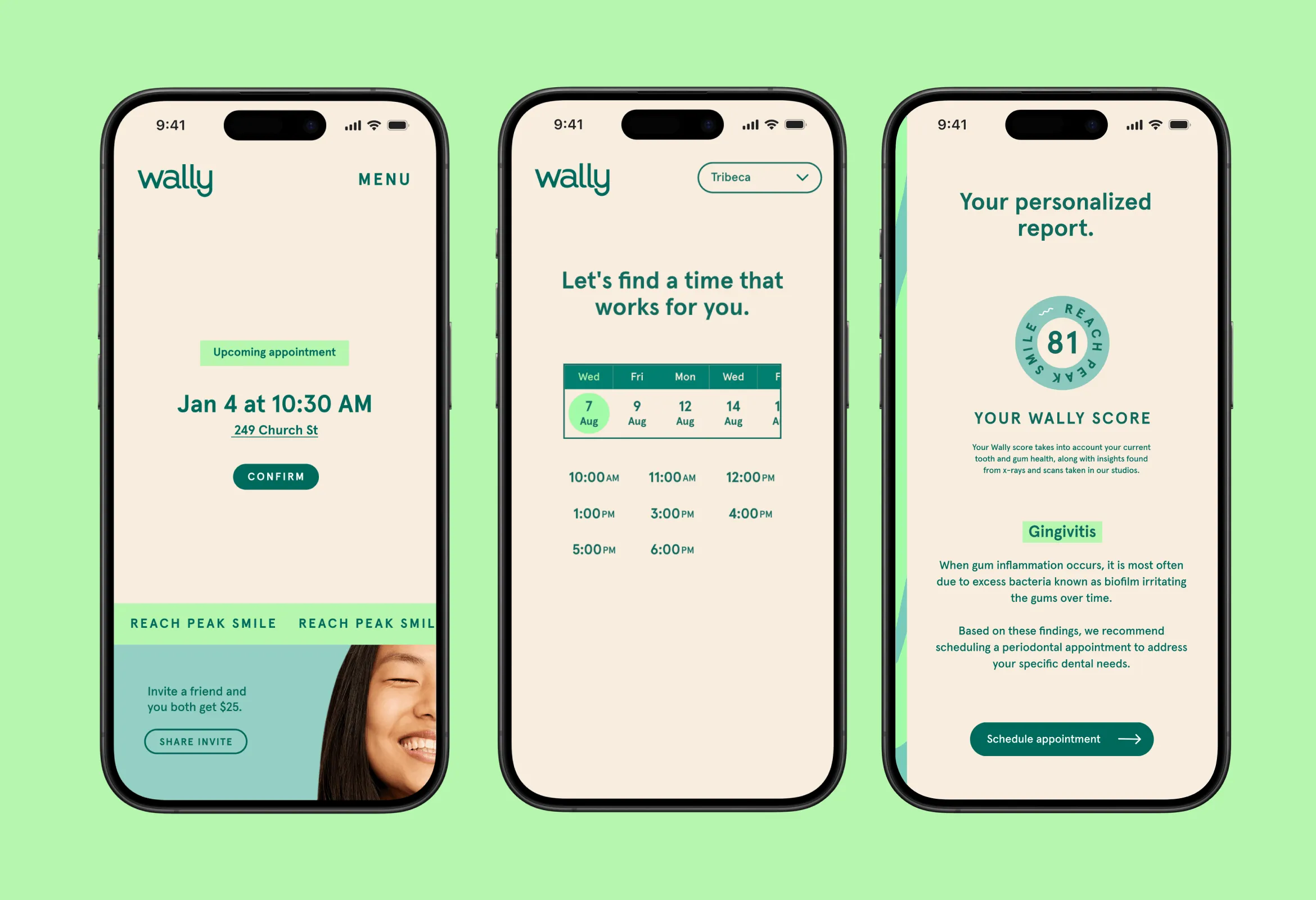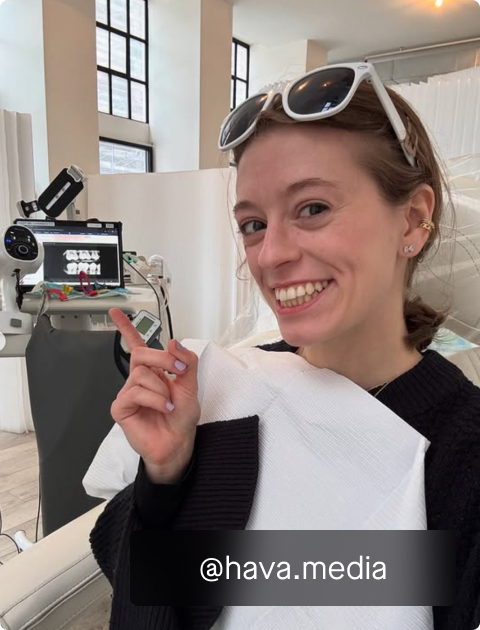Dental deep cleaning and other ways to address periodontal disease

Periodontitis - the dreaded gum disease. Periodontitis is a serious infection deep in your gums, far below where your toothbrush or floss can reach. Left unchecked, the infection causes irreversible damage to the surrounding gum and bone, which can lead to gum, bone, and tooth loss.
Periodontitis is a life-long disease. Similar to diabetes, once you are diagnosed with periodontitis you can never be "cured." The silver lining is that periodontitis, like diabetes, can be brought under control and managed so your disease doesn't progress further and cause more harm.
If you are diagnosed with periodontitis, first take a deep breath. It's a lot to take in when you are diagnosed with anything. And let your breath go and know you're not alone. In the United States more than 45% of adults over the age of 30 have some form of gum disease. You're in the company of millions.
Once you're ready to take action, the first step is to arrest your periodontitis - aka stopping the disease from progressing. At the time of diagnosis you have "active periodontitis" which means the infection is alive and progressing deep in your gum pockets. You'll want to stop the infection from deep within your gums so that the infection no longer progresses, and work to keep your gum pockets clean and healthy.
When it comes to arresting periodontitis, there are a bunch of options out there. But how do you know if the one your clinician is recommending is the right one for you? Is your dentist pushing bone and gum grafting because it means thousands of dollars in profit? Might you be better off with something less invasive? Let's unpack the different treatment options and which one might be right for you.
Deep scaling, periodontal therapy, surgery ... what are the different options?
Your primary goal after being diagnosed with periodontitis is to arrest the disease - stop it from progressing. There are two categories of treatments that help halt your disease:
- Nonsurgical treatments
- Surgical treatments
Nonsurgical treatments are less invasive procedures than surgical treatments. These treatments include:
- Periodontal therapy. Scaling (check out this piece for the definition of "scaling") removes tartar and bacteria from your tooth surfaces and beneath your gums. It may be performed using instruments, a laser or an ultrasonic device.
- Antibiotics. While topical or oral antibiotics can help control an infection, pills alone won't be enough to arrest your disease because the calculus and tartar left behind must be physically removed. Antibiotics might be used in conjunction with periodontal therapy to help arrest your periodontitis.
Surgical treatments are recommended when nonsurgical treatment isn't enough to halt your disease. Depending on the severity of periodontitis the following treatments might be used:
- Gum flap surgery. The goal of flap surgery is to shrink your gum pocket so that there is less space for bacteria to hide and flourish. Your periodontist will make a small incision in your gum, lift back the tissue to expose the roots, and remove the calculus and tartar from deep in the root area. Your periodontist might recontour your gum so that the area is easier to clean, and then will stitch your gums back in place. Yeah, it's intense!
- Gum grafting. The infection from periodontitis can damage your gum tissue. Unfortunately gum tissue does not grow back once it's gone. If you lost a significant amount of gum you might need a little extra reinforcement. Grafting works by using gum tissue from another source and attaching it to the location where you lost gum. The tissue will fuse together with the healthy tissue to help reinforce your gums.
- Bone grafting. In some cases, your periodontitis might have permanently damaged the bone around your tooth. If the damage is extensive you might be at risk of losing your tooth - which is when reinforcing the tooth is suggested. When you get a bone graft, your gum is opened up and small fragments of bone (synthetic or donated) are placed where you lost bone. You'll be stitched up and the new bone will fuse together with your existing, healthy bone. Pretty wild, eh?
Non surgical periodontal therapy - will it do the trick?
In most cases, beginning with non surgical periodontal therapy is the best way to get started. You can start with this less invasive technique and see how the infection responds to the treatment. The goal for periodontal therapy is to extrude active infections and bacteria from the pockets around your teeth and stop more damage to the gum, bone, and tooth tissue.
Your dentist will identify which teeth have active periodontitis (signaled by pockets of 4mm or more plus signs of infection on your x-rays), and apply periodontal therapy to those teeth and any adjacent teeth.
When your periodontal therapy is complete, it's time to let your mouth recover. It takes 4-6 weeks for your mouth to recover from therapy, at which point your clinician will check how your periodontitis responded.
After healing your clinician will check the depths of your gum pockets to determine if you've successfully halted your periodontitis.
Periodontal therapy versus a routine cleaning, what's the diff'?
Let's do a quick sidebar on periodontal therapy versus a routine cleaning (aka "prophy" or "prophylaxis").
First off, periodontal therapy isn't a "deep cleaning." Unfortunately, too many dentists have taken to calling periodontal therapy a "deep cleaning" because they don't want to frighten their patients. Periodontal therapy is not a cleaning, it's a very specific treatment to stop an active infection.
A routine cleaning, on the other hand, is focused on cleaning from the top surface of your teeth to the base of your 'gums', which as a healthy patient are not deeper than 4mm. However, it's important to note that it will not adequately reach and eliminate periodontal infections that live below 4mm in your gum pockets. That's why its technical term is a "superficial cleaning." That said, it is anything but trivial since it's the best way to prevent disease, it's just fancy clinical speak for "surface." Like how scalpel = knife.
And if you have periodontitis, you should NOT get a routine cleaning.
Why not? Wally hygienist Sarah Clark, RDH helpfully explains, "Routine cleanings do not treat your active periodontal infection. And by only removing superficial bacteria, gum tissue can tighten around the disease causing bacteria deeper in your gums, leading to a more challenging periodontal therapy procedure or even complications such as a periodontal abscess." Yikes!
Ok, sidebar over.
Periodontal surgery - when it's right for you
Surgical treatments for periodontal disease are used if you don't respond to nonsurgical periodontal therapy. After healing for 4-6 weeks after periodontal therapy, you'll get another evaluation to determine the intervention was a success. Ideally your gum pockets will shrink and active signs of infection will disappear.
Like any medical treatment, not all periodontal therapy will be a success. If your clinician determines that you still have deep pockets and / or an active infection, you'll need to take more action to arrest the disease.
If you aren't responsive you'll still have pocket depths that are impossible to maintain from home, bleeding, and ongoing signs of an infection. That's when it's time to find a great periodontist who can determine the right next step to halt your infection.
Once you successfully arrest your periodontitis you'll be in a state of periodontal maintenance. That means you are still at risk for another infection, but you do not have any active infections going, and the goal is to maintain being infection-free.
Periodontal maintenance includes a few things that are different than your previous dental experience:
- Frequent professional cleanings. Instead of visiting the dentist 2x year, you'll likely visit 3 or even 4 times each year to keep bacteria away from your high-risk gums
- Use at-home oral care products that help reduce bacteria and keep your gums healthy
- Brush twice per day and make sure your interdental cleaning game is on point
This all adds up. With the average price of a cleaning at $350 or more at a traditional dentist in New York City, doing periodontal maintenance the right way can get crazy expensive. That's why we launched Wally - unlimited routine cleanings (which includes periodontal maintenance) for $199 / year. If you're in NYC check out if our membership is right for you. We'd love to have you part of the dental revolution.









